Electric skateboarding is one of the most exciting ways to move around, blending the freedom of skating with the thrill of powered motion. But as fun as it looks, jumping on an electric skateboard without the right mindset or preparation can lead to accidents, damage, or frustration.
Every rider starts somewhere, and mistakes are part of learning. Still, understanding common pitfalls early can help you stay safe, protect your investment, and enjoy smoother rides from day one.
In this article, we’ll cover the top 5 mistakes new electric skateboarders make and practical ways to avoid them, so you can ride confidently and get the most out of your board.
1. Ignoring Safety Gear
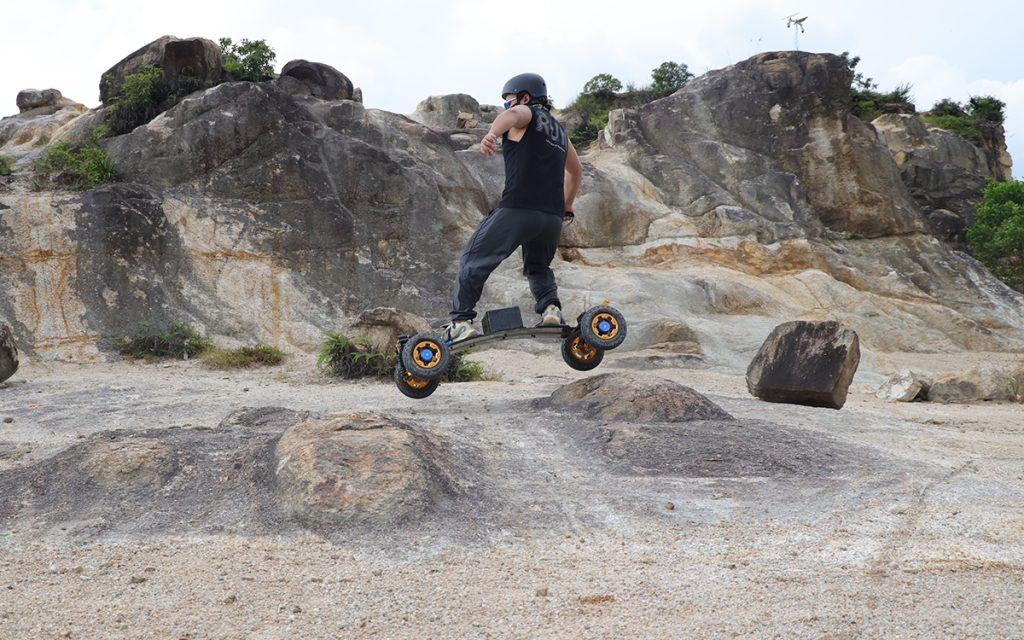
Many beginners skip safety gear because they think it’s unnecessary or “uncool.” But electric skateboards can easily reach speeds of 25–40 km/h (or more). At those speeds, even a small fall can result in serious injuries. Helmets, gloves, knee pads, and wrist guards are not optional; they’re essential.
Why It’s a Mistake?
Electric skateboards accelerate and brake faster than traditional skateboards. New riders often misjudge how much force to apply on the throttle or brake, leading to sudden falls. Without protection, even minor crashes can cause scrapes, broken bones, or concussions.
How to Avoid It?
Invest in high-quality protective gear before your first ride. Start with the essentials:
-
Helmet: Always wear one designed for skateboarding or cycling.
-
Gloves and wrist guards: Protect your hands from impact.
-
Knee and elbow pads: Reduce the risk of joint injuries.
-
Proper shoes: Avoid sandals or soft sneakers. Use closed, grippy footwear for better control.
You can also consider reflective clothing or lights if you plan to ride at night. It’s better to look safe than to regret skipping protection after a fall.
Related: 10 Things You Should Not Do with an Electric Skateboard
2. Starting Too Fast
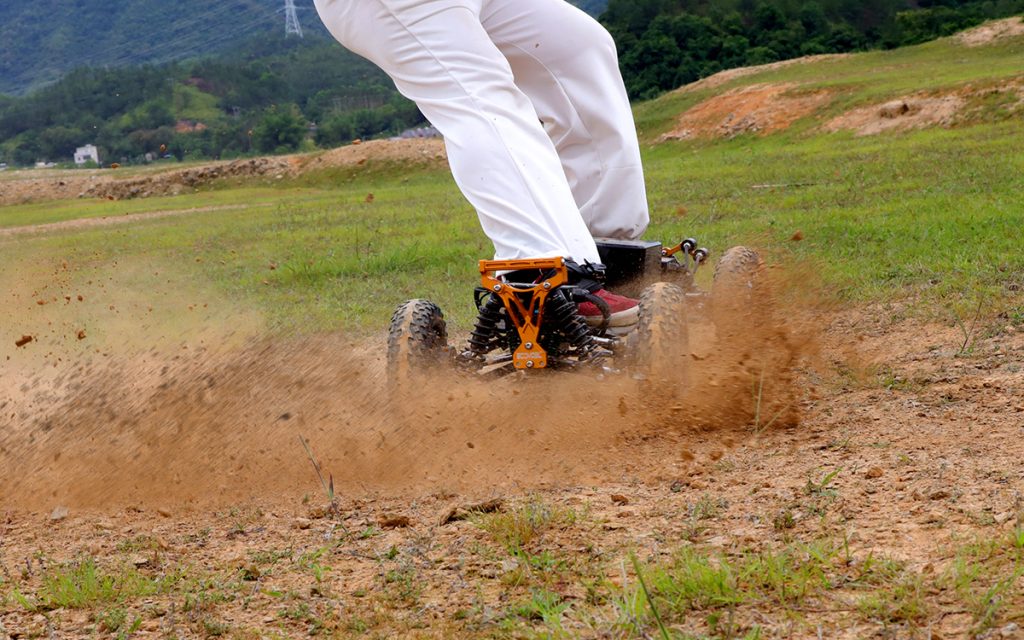
One of the most common mistakes beginners make is going full speed on their first day. The temptation is real; you’ve got a powerful board, smooth pavement, and that adrenaline rush. But electric skateboards require balance, control, and reaction time, all of which take practice.
Why It’s a Mistake?
High speed amplifies every small movement. A sudden bump, uneven road, or twitch of your finger can send you flying. Beginners often panic when they lose balance, which can make the fall even worse.
How to Avoid It?
Start slow — really slow. Here’s how:
-
Use beginner or eco mode if your board has multiple speed settings.
-
Practice acceleration and braking in an open area before hitting the streets.
-
Learn your remote sensitivity. Every model responds differently to throttle input.
As you grow comfortable, gradually increase your speed. Mastering control at low speed first makes high-speed riding safer and more enjoyable.
3. Poor Stance and Balance
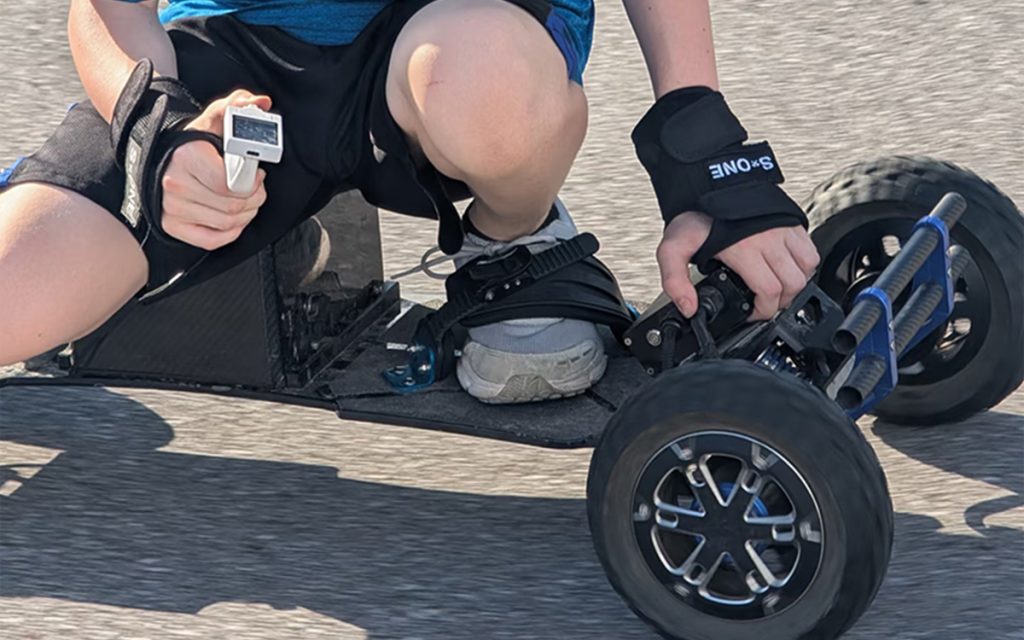
Many new riders stand too stiff or too relaxed, and both extremes can throw off balance. Electric skateboards react to your body position, especially when accelerating or braking. Without a proper stance, your stability suffers, and falls become inevitable.
Why It’s a Mistake?
An unstable stance affects weight distribution. During acceleration, too much weight on your back foot can make the front wheels lift slightly, while too much forward pressure during braking can send you off the board. Your body position should work with the board, not against it.
How to Avoid It?
Learn the correct stance:
-
Keep your feet shoulder-width apart, usually one near the front truck and the other slightly behind the rear bolts.
-
Bend your knees slightly to absorb shocks and maintain balance.
-
Lean forward when accelerating and lean backward when braking to counter the board’s motion.
-
Keep your eyes ahead, not on your feet, to anticipate the road.
It also helps to determine whether you’re “regular” (left foot forward) or “goofy” (right foot forward). Knowing your natural stance will make you feel more comfortable while riding.
4. Not Checking the Board Before Riding
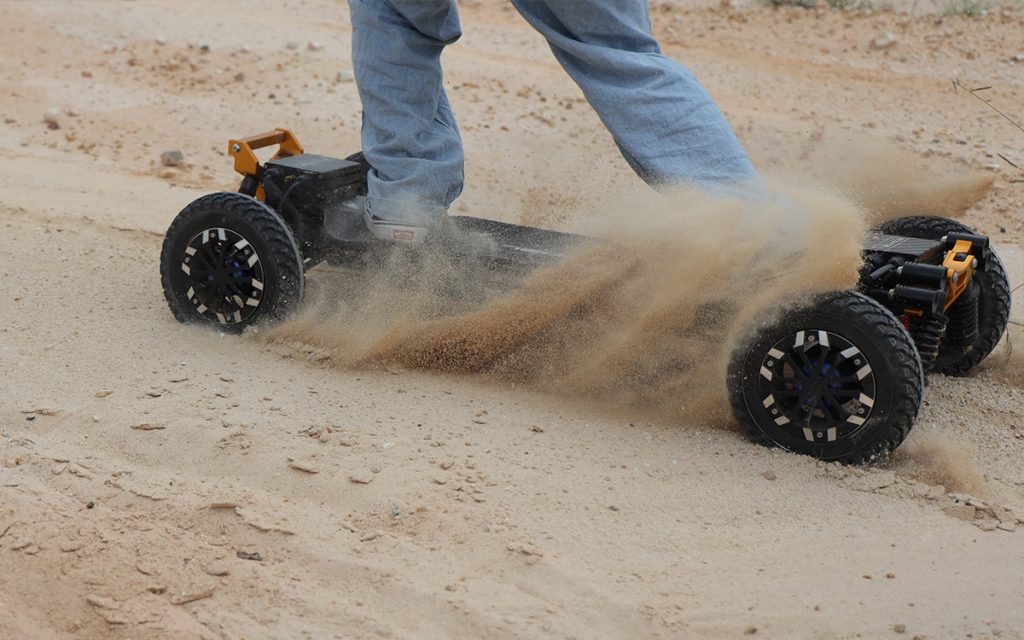
Another rookie mistake is jumping straight on the board without inspecting it. Loose bolts, underinflated tires, or low battery levels can cause unexpected issues mid-ride. Electric skateboards are mechanical and electronic devices, and like any vehicle, they need routine checks.
Why It’s a Mistake?
A small issue like a loose wheel nut or low tire pressure can lead to loss of control. Similarly, a dying battery might cause your board to shut off suddenly, leaving you stranded or unbalanced during acceleration.
How to Avoid It?
Make a quick habit of performing a pre-ride inspection:
-
Check tire pressure or wheel condition (depending on your model).
-
Tighten all bolts and nuts, especially on trucks and wheels.
-
Inspect belts or gear motors for wear if applicable.
-
Ensure the remote is charged and properly paired.
-
Check the battery level before leaving.
Once a week, clean your board and inspect cables, connectors, and the deck for cracks. Preventative care not only keeps you safe but also extends the life of your electric skateboard.
5. Ignoring Terrain and Weather Conditions
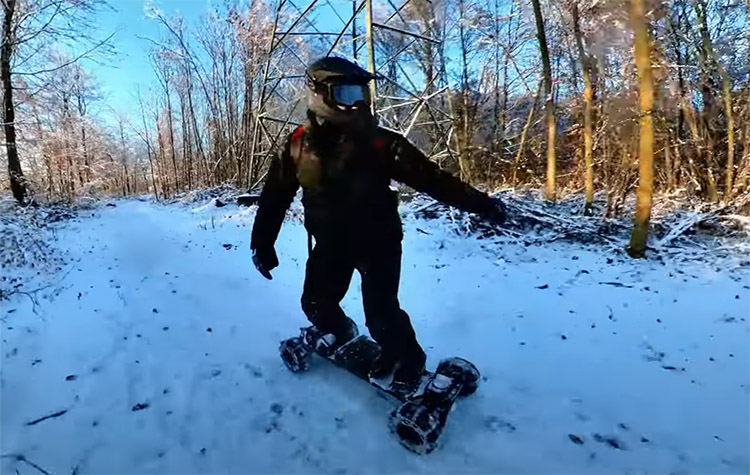
Many beginners underestimate how much the surface and weather affect riding performance. Electric skateboards are powerful, but they are not invincible. Wet roads, gravel, sand, or steep slopes can quickly become dangerous if you’re not prepared.
Why It’s a Mistake?
Rain or puddles can reduce traction and damage electronic components. Rough or uneven terrain can cause sudden jerks, and downhill rides can overload your brakes. Failing to adapt to conditions increases the risk of falls or board damage.
How to Avoid It?
-
Avoid water whenever possible. Even water-resistant boards can fail if submerged.
-
Slow down on rough or slippery surfaces.
-
Plan your route ahead of time. Choose paths that match your board’s capabilities (for example, Ecomobl’s all-terrain models can handle gravel and grass better than street boards).
-
Be mindful of temperature extremes. Very cold or hot conditions can affect battery performance.
If you must ride in light rain or damp areas, do it carefully, and dry your board thoroughly afterward. A small towel or cloth in your backpack can help remove moisture from wheels and deck mid-ride.
Bonus Tip: Neglecting Battery Care
Your board’s battery is its heart. Many new riders forget proper charging habits, leading to reduced battery life over time. Avoid constantly draining your battery to 0% or overcharging it overnight.
Best Practices
-
Charge your battery after each ride, but unplug it once it’s full.
-
Store the board at around 50–70% charge if you won’t use it for weeks.
-
Keep it away from extreme heat or cold.
-
Use only the original charger to prevent power surges or short circuits.
Good battery care ensures consistent range, longer lifespan, and safer operation.
Final Thoughts
Learning to ride an electric skateboard is an amazing experience, full of freedom, excitement, and adventure. But every skilled rider started with small, careful steps. Avoiding the most common beginner mistakes can help you progress faster, ride more safely, and enjoy every moment on your board.
To recap, always:
-
Wear proper safety gear.
-
Start slow and understand your board’s power.
-
Maintain correct stance and balance.
-
Inspect your board before every ride.
-
Respect the terrain and weather conditions.
Remember, confidence comes with consistency. The more you ride, the more natural it feels, and soon, you’ll be carving turns and tackling trails like a pro.
If you’re looking for a board that’s powerful, stable, and built for adventure, Ecomobl offers high-performance models designed for both beginners and seasoned riders. Each board is engineered for control, durability, and fun, everything you need to ride smart and stay safe.




